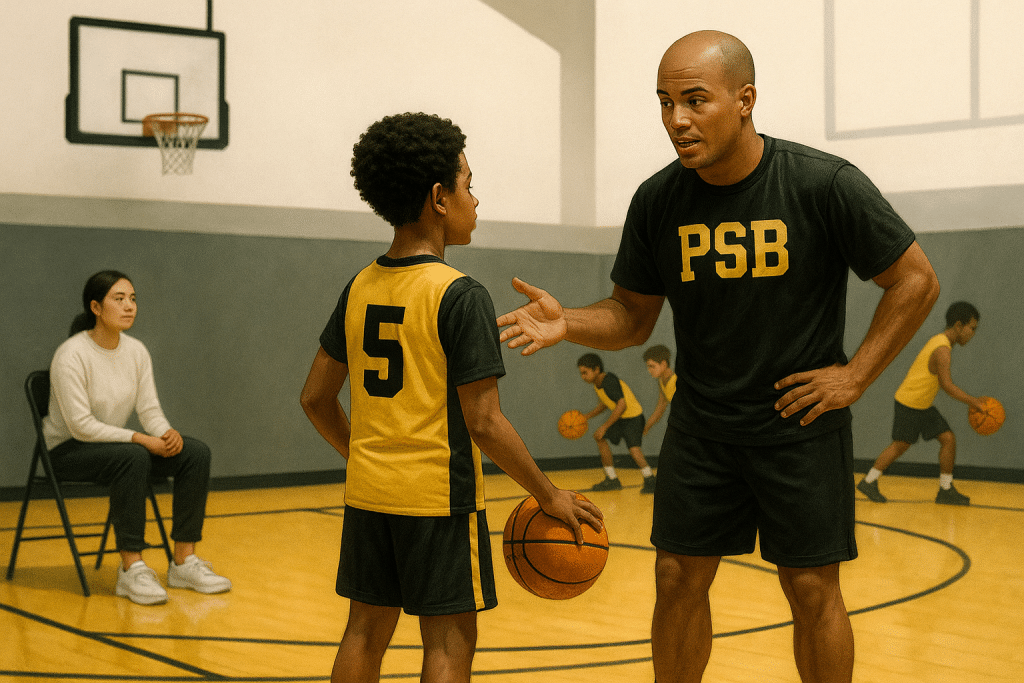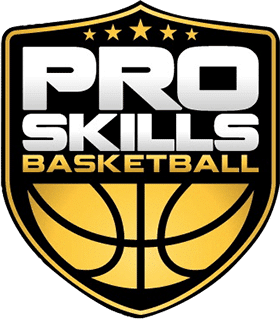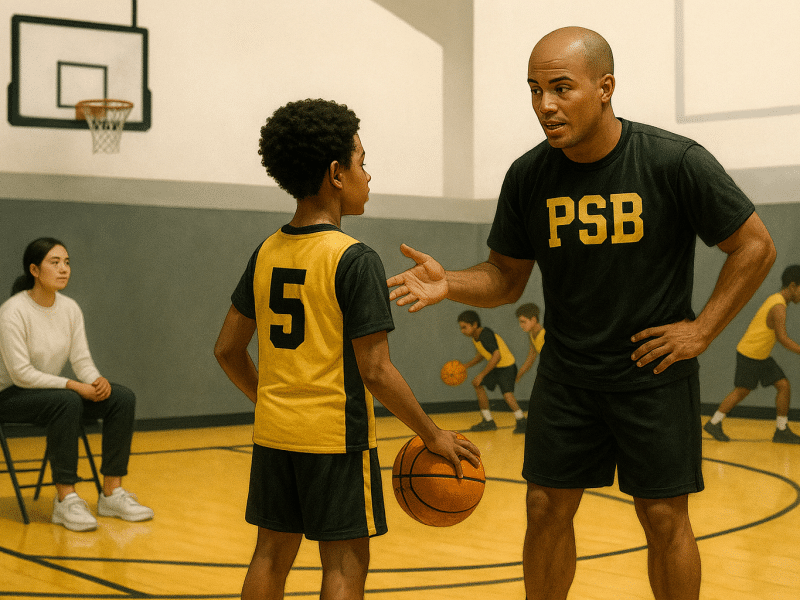
Best Practices for Running a Successful Youth Basketball Program (Part 2)
In Part 1 of this blog series, we shared general organizational best practices that have helped shape Pro Skills Basketball (PSB) into one of the leading youth basketball programs in the country. These were focused on the off-court elements—systems, communication, structure—that make a youth basketball organization run smoothly.
Now in Part 2, we’re diving deeper into more specific practices related to the three most essential groups in any youth basketball organization: parents, coaches, and players.
While these tips don’t involve Xs and Os, they do address the real world side of running a youth basketball club team—conflict management, communication strategy, team culture, and long-term player development.
Let’s get started.
Parents: Communicate, Collaborate, and Clarify
At PSB, we view parents as valued partners in our mission. They’re the ones entrusting us with their children—and the ones most likely to raise concerns if expectations aren’t managed. Here’s how we try to get things right from the start:
1. Over-Communicate Everything
If there’s one tip that’s had the biggest impact on our operations, it’s this: you can’t over-communicate with parents.
In today’s world of constant emails, group chats, and social media notifications, parents are overloaded. Important information can easily get lost, so we make it a priority to communicate early, clearly, and often—across multiple channels.
Here’s our communication process for our Club Team Handbook:
-
Add the Handbook link to the team homepage
-
Include it during online tryout registration
-
Go over it verbally at the first tryout parent meeting
-
Email it to all tryout participants with another reminder
-
Send it again when teams are finalized
-
Require an e-signature confirming it’s been read
-
Review it thoroughly at the preseason parent meeting
Yes, this may feel repetitive to some, but it significantly reduces confusion, miscommunication, and conflict later on.
2. Hold a Preseason Parent Meeting
A parent meeting before the season begins is non-negotiable for us now. It’s where we lay the foundation for trust and alignment between families and the organization.
In the meeting, we cover:
-
PSB’s mission and vision
-
Team and travel logistics
-
Expectations for players and parents
-
Financial transparency
-
Codes of conduct
-
Communication channels
-
Q&A session
We’ve found that this one meeting prevents 90% of the potential problems during the season. It gives parents clarity, voice, and confidence in the program.
3. Implement a Parent Code of Conduct
Clear boundaries help create a respectful and productive environment. Our Parent Code of Conduct outlines five core expectations, including:
-
No yelling at referees
-
No sideline coaching
-
Use the 24-Hour Rule for raising concerns
What’s the 24-Hour Rule? Parents must wait at least 24 hours after a game before discussing playing time, coaching decisions, or in-game concerns with coaches. This gives both sides time to reflect and cool off.
We’ve found this small policy has a big impact on protecting coach-parent relationships and keeping the focus where it should be: on the kids.
Coaches: People First, Basketball Second
Coaches are the heart of any youth basketball program—and at PSB, we treat them like the key culture drivers they are.
1. No Parent Coaches in Competitive Teams
While parent coaches may work in rec leagues, we don’t allow them in our competitive Club Teams.
Why?
-
They often (consciously or unconsciously) show favoritism
-
Or they go the opposite direction and are overly hard on their child
-
Conflicts with other families are more likely
-
It dilutes the professionalism of the coaching staff
Removing parent coaches sets a strong, consistent tone and avoids common issues.
2. Hire Great People First, Basketball Coaches Second
Early on, we made the mistake of hiring solely based on basketball credentials. Now, we prioritize character, communication, and emotional intelligence—and then train the basketball part.
Our philosophy: It’s easier to teach someone to coach than to teach someone to care.
3. Let Coaches Focus on Coaching
One of the biggest reasons coaches burn out is administrative overload. That’s why at PSB, we handle:
-
Practice scheduling
-
Gym rentals
-
Tournament sign-ups
-
Registration, insurance, and travel logistics
Our coaches are free to focus on two main things:
-
Coaching and player development
-
Communicating with families
This allows them to be present, positive, and effective—because they’re doing what they love and what they’re best at.
Players: Always Do What’s Best for Them Long-Term
Ultimately, youth basketball exists for the players. And our guiding principle is simple:
Always do what’s in the best interest of the player in the long run.
This isn’t always easy or popular. Sometimes it means losing a family who disagrees with our approach. But if it benefits the player’s long-term development, we stick to it.
Here are a few examples of this principle in action:
-
We teach man-to-man defense only for younger age groups—no zones.
-
We emphasize individual skill development over complex team plays.
-
We maintain close communication with each player’s school coaches.
-
We avoid unnecessary out-of-town tournaments.
-
We require players to re-tryout each season.
-
We structure teams as A and B levels, not “equal” teams.
All of this makes the program more competitive, but also more developmental. And sometimes it creates friction, but it’s always rooted in what we believe is best for the player.
Wrapping Up: Simple Concepts, Hard Work
The best practices we’ve outlined—whether for parents, coaches, or players—are based on common sense, communication, and consistency.
They’re not revolutionary ideas. But they’re tough to implement because they take:
-
Time
-
Energy
-
Patience
-
Accountability
We’ve spent years refining this system at PSB, and we share it freely in hopes that it elevates the youth basketball landscape for everyone involved.
If you’re trying to start or improve your own youth basketball program and want help, contact us—we’d love to connect and see how we can collaborate.
View this post on Instagram
Ready to take the next step in your child’s basketball journey?
Pro Skills Basketball offers Club Teams, Camps, Clinics, and Academies in 25+ cities across the U.S.
👉 Find your city and sign up today to join a program focused on real development, experienced coaches, and a culture that puts players first.
📩 Contact us at admin@proskillsbasketball.com
📞 Call us at 866-996-3888



